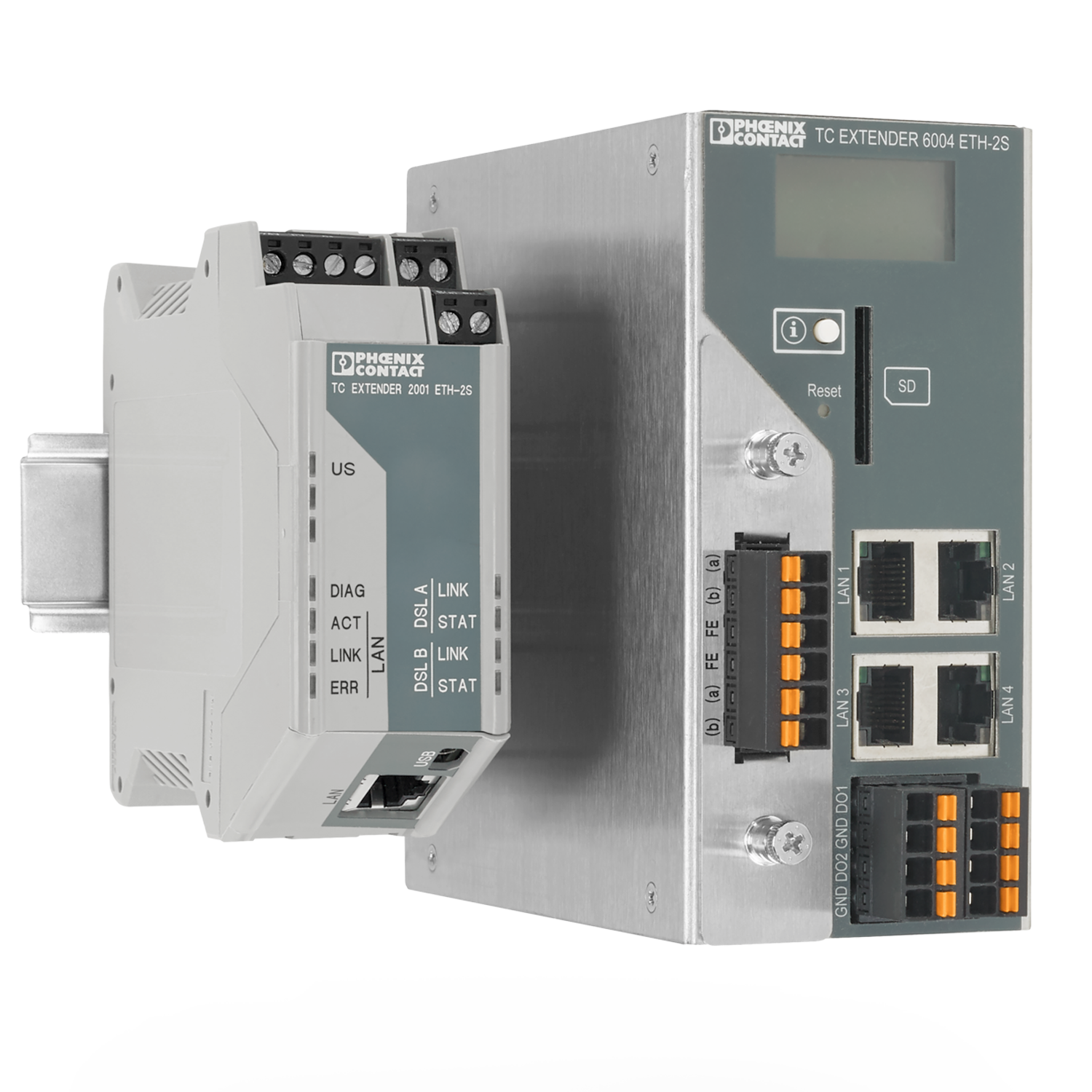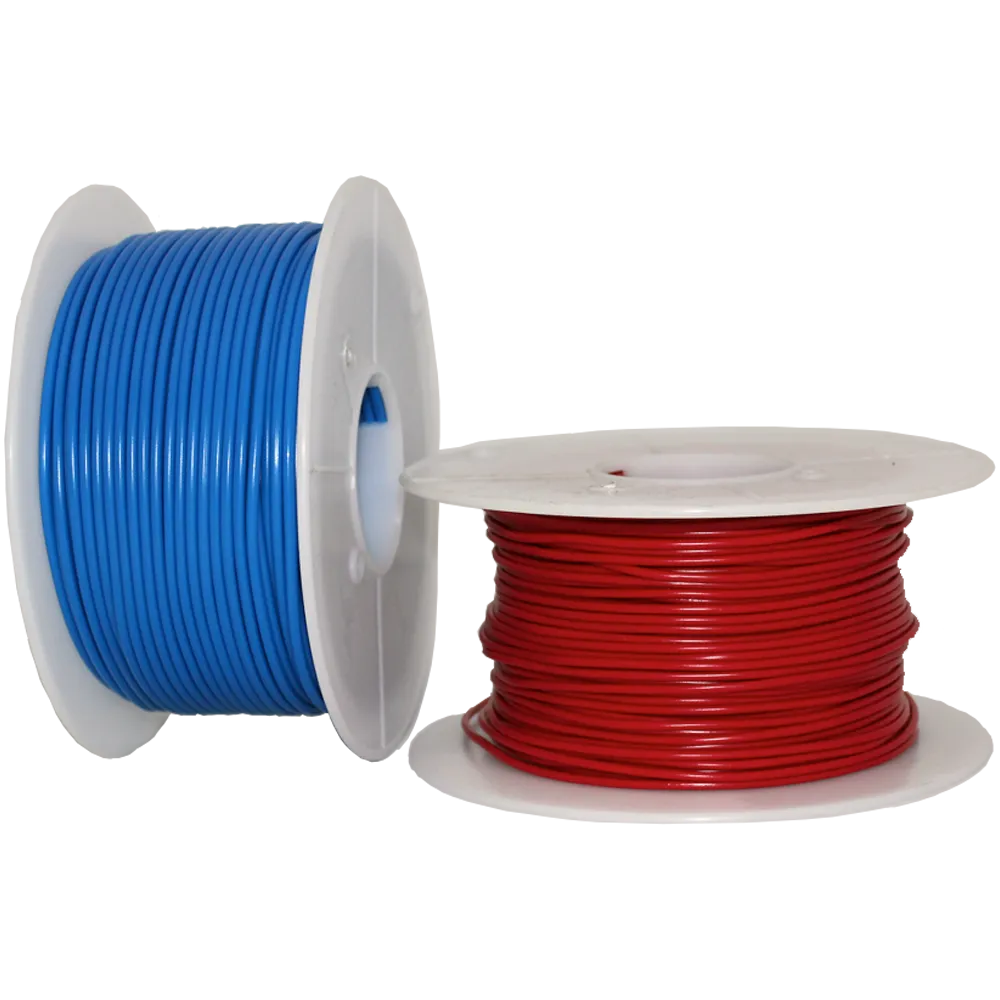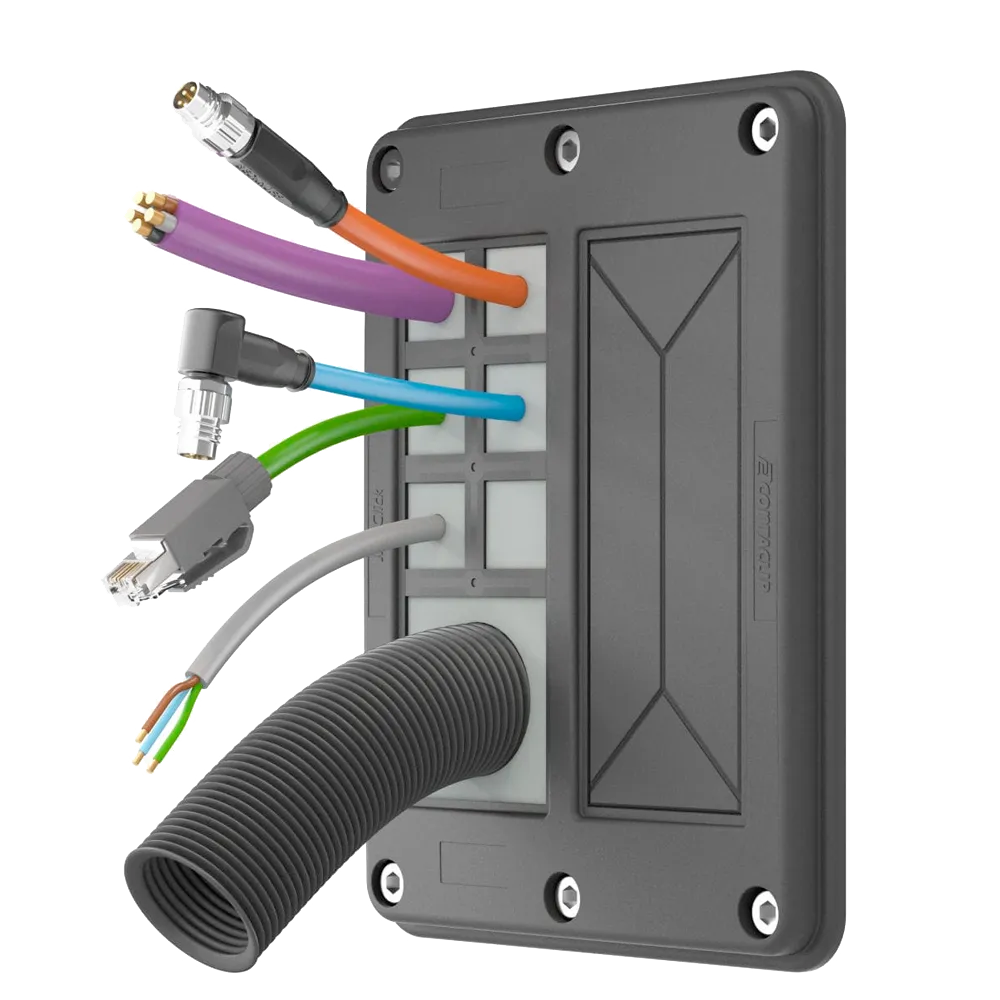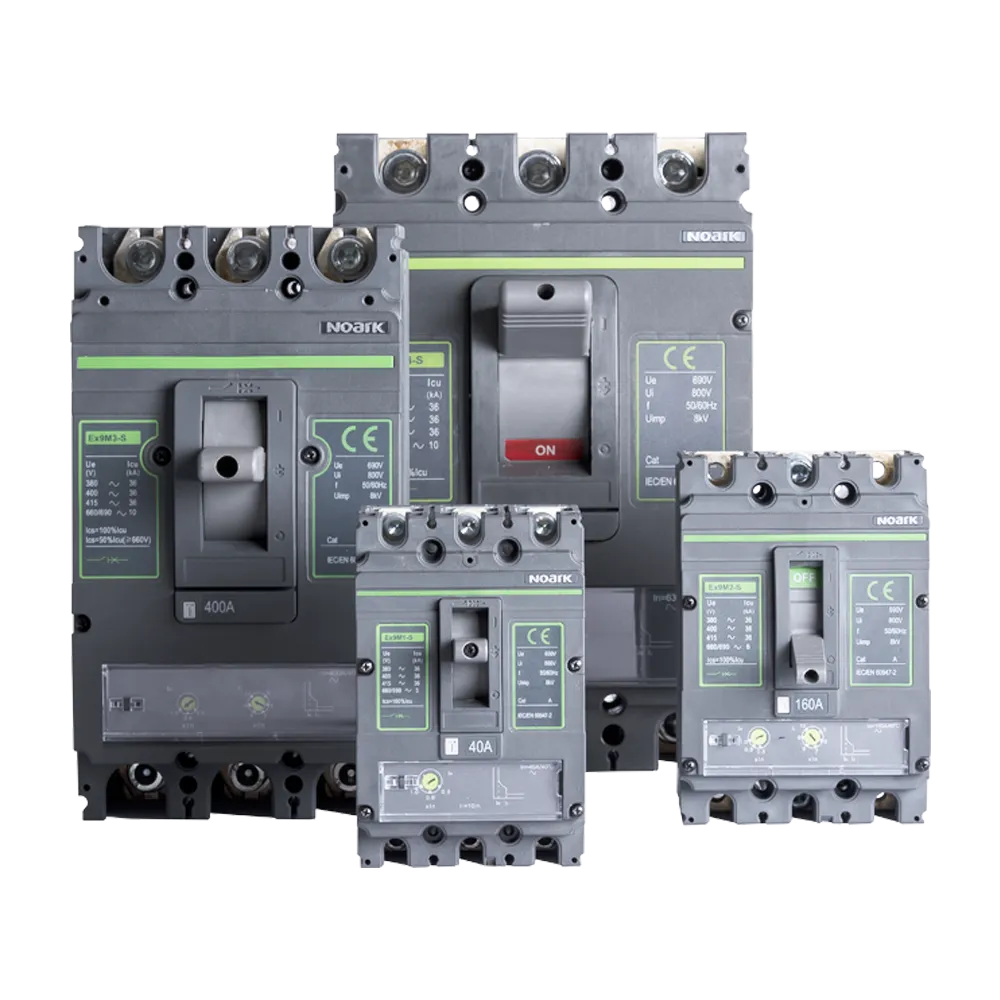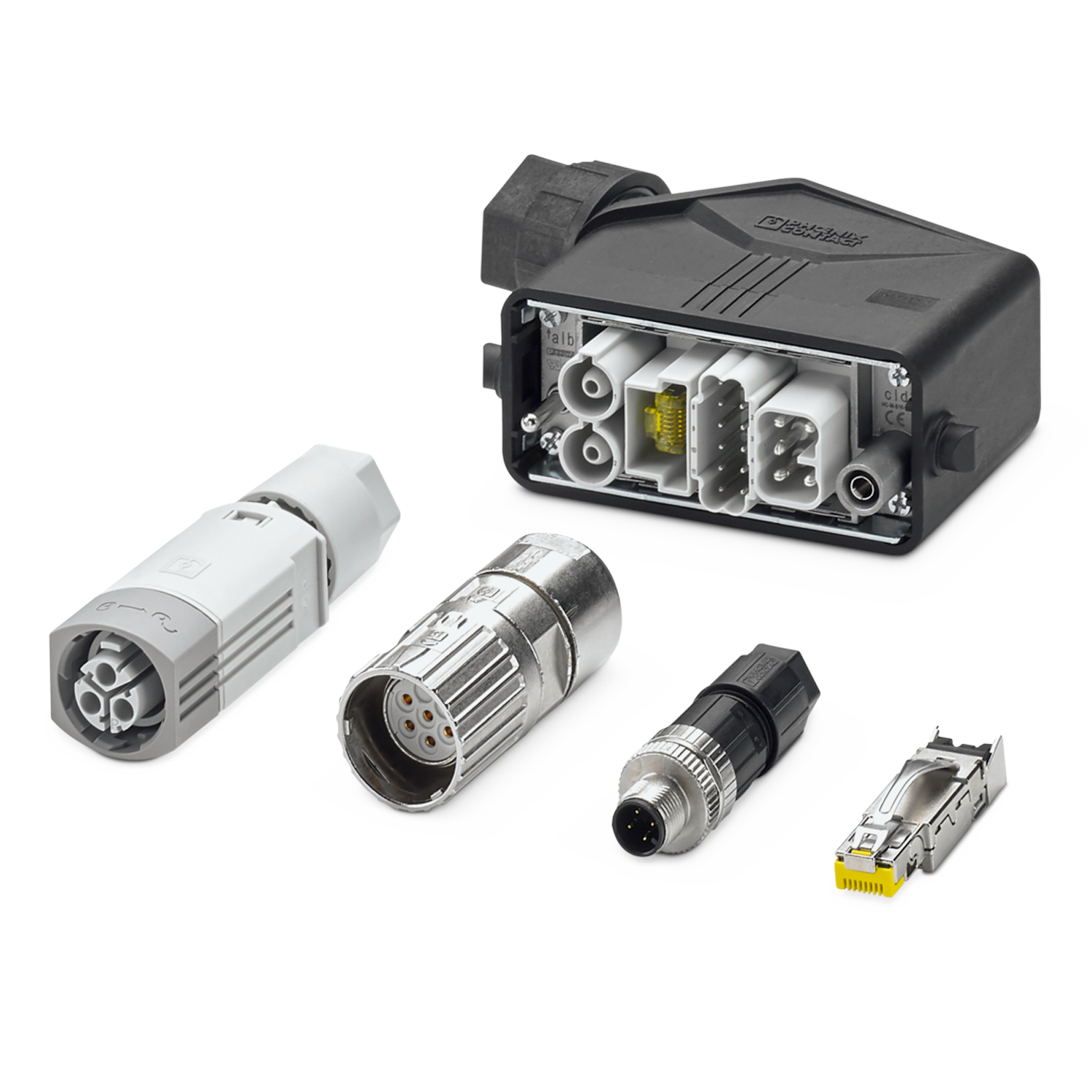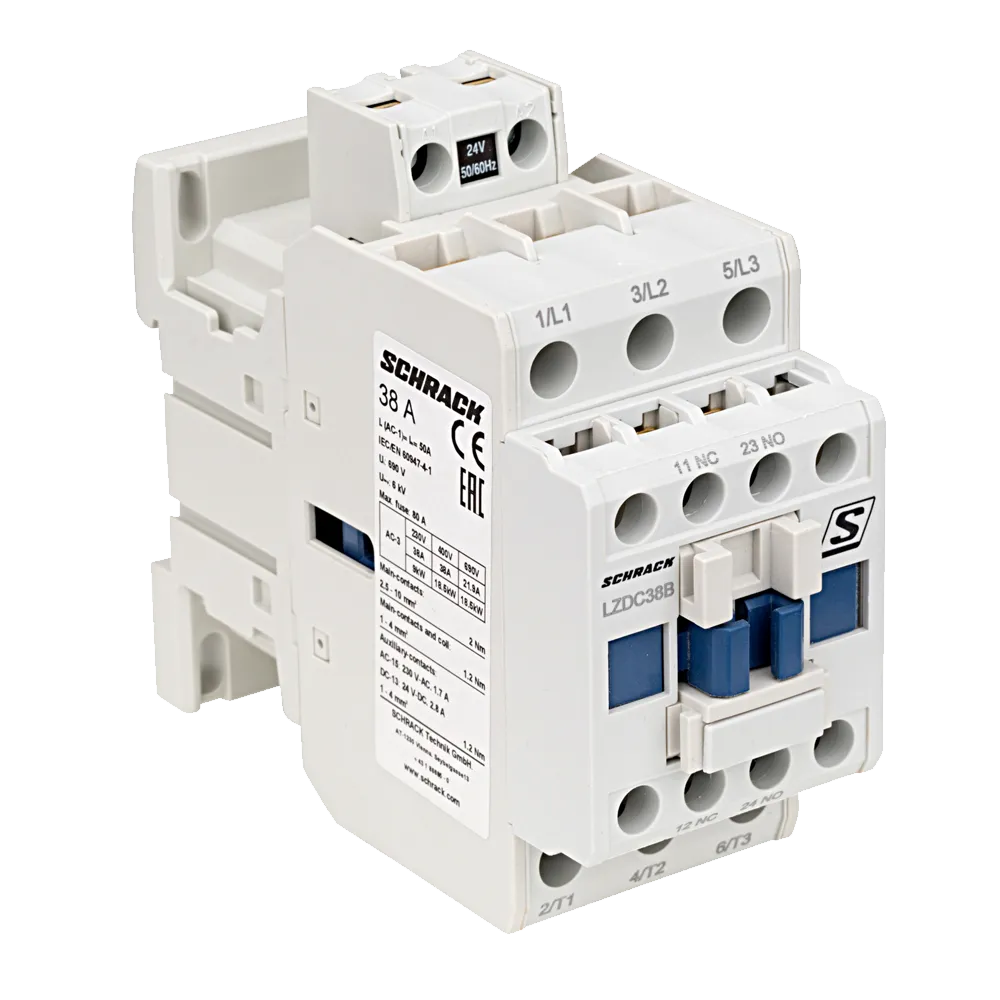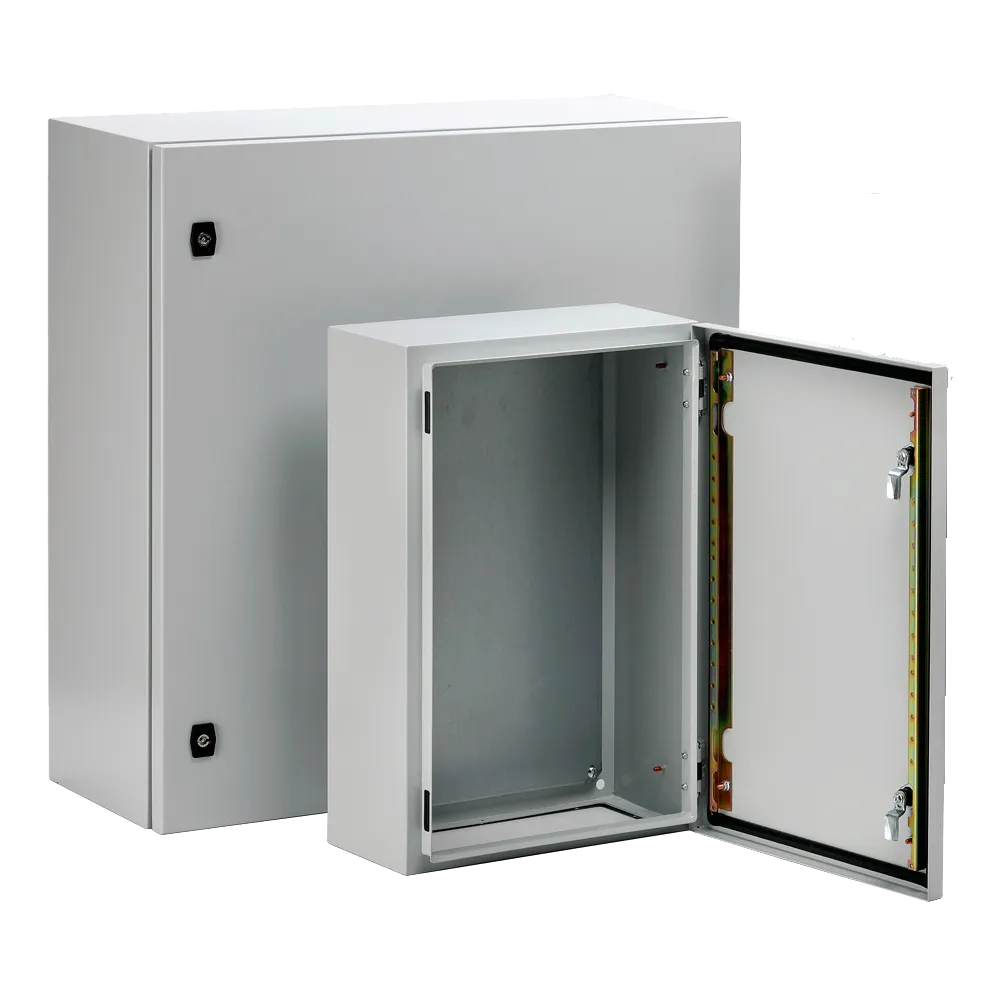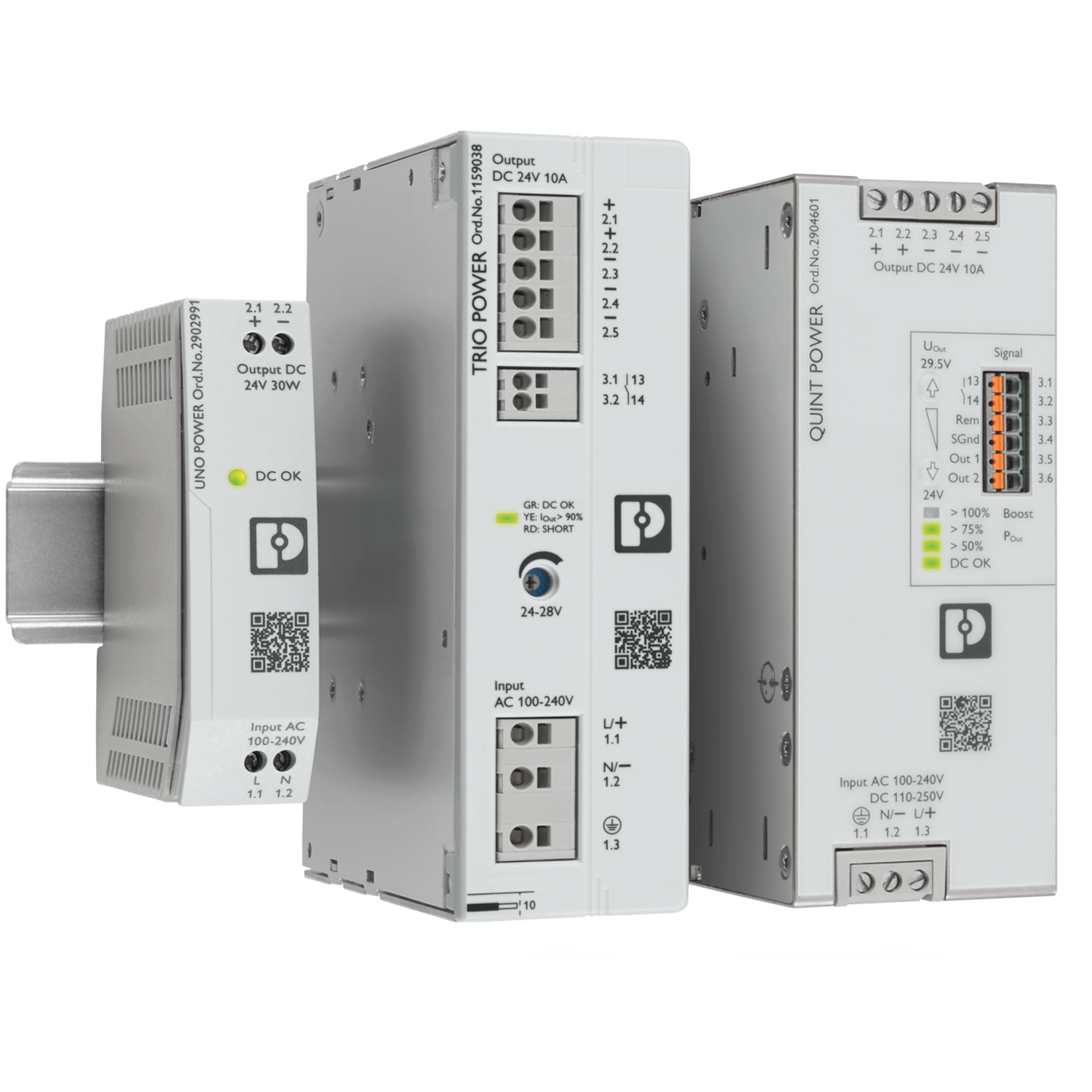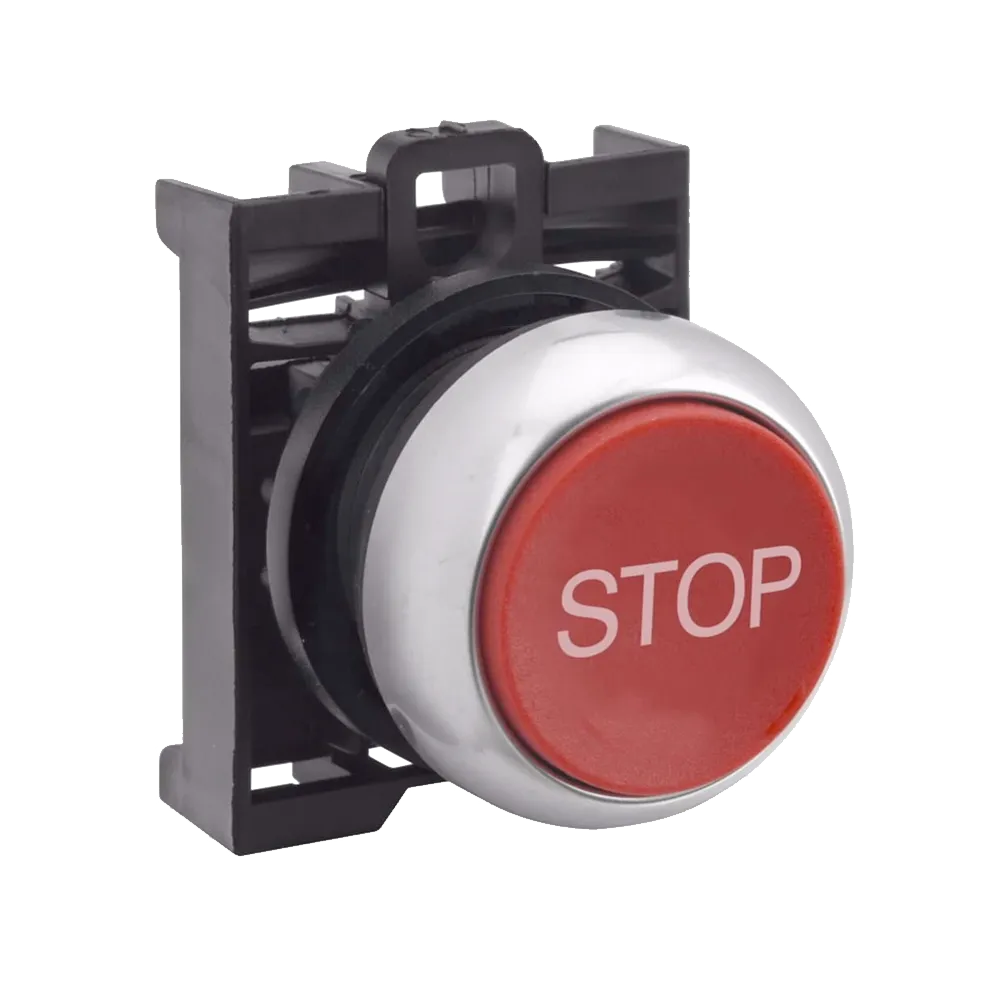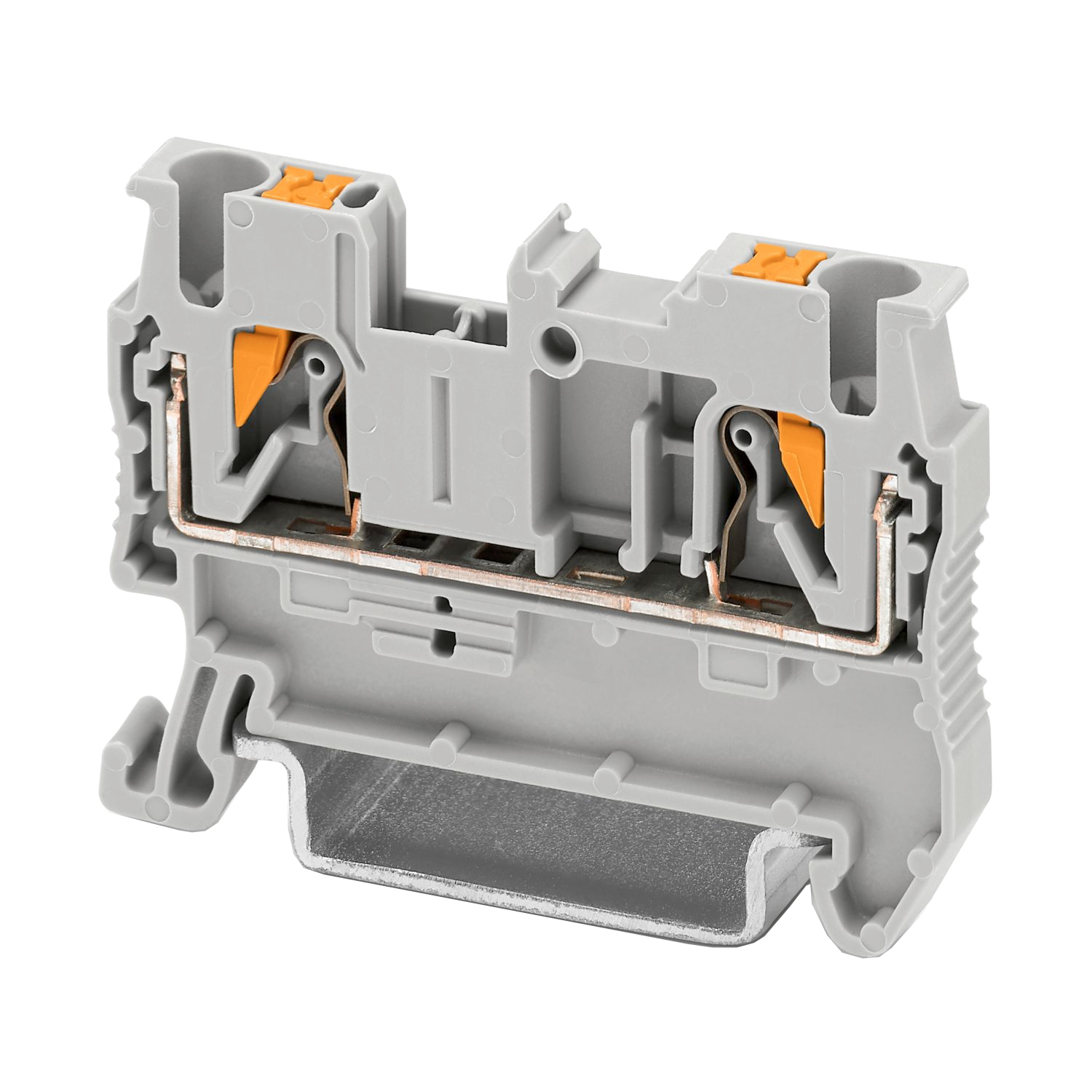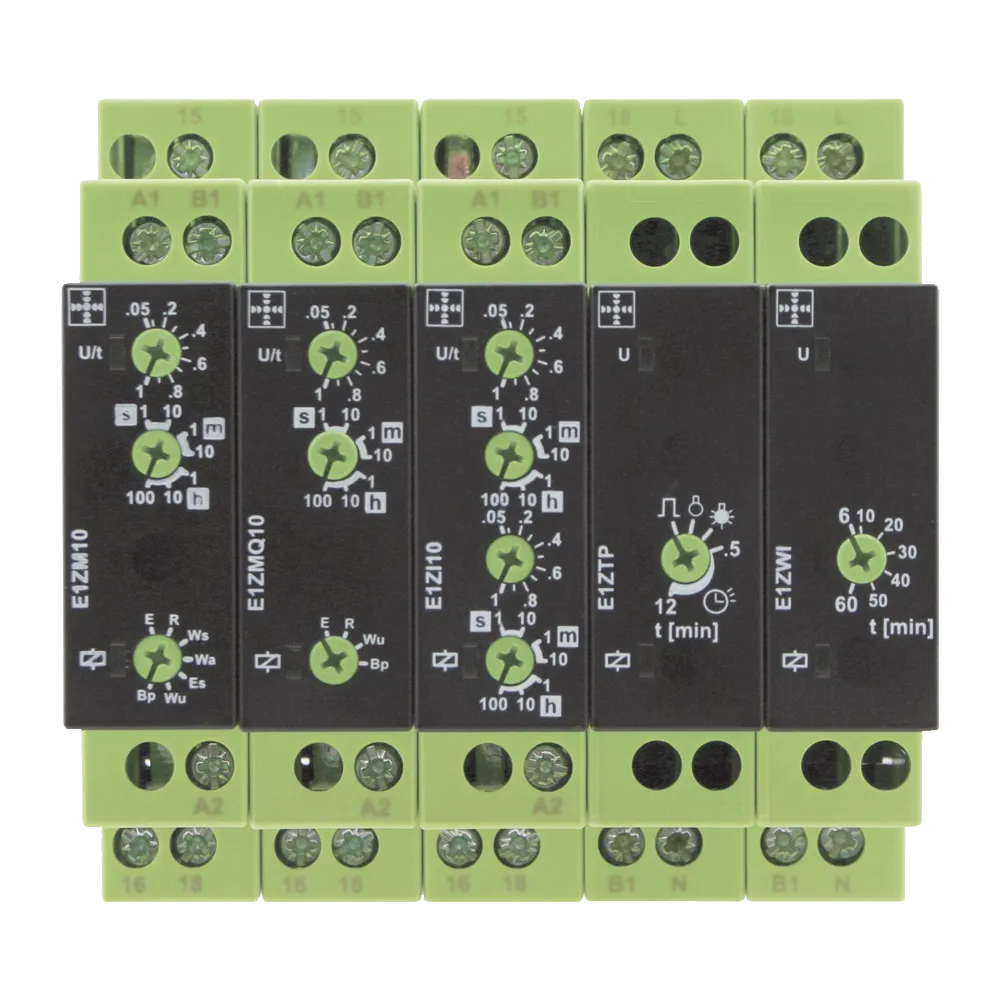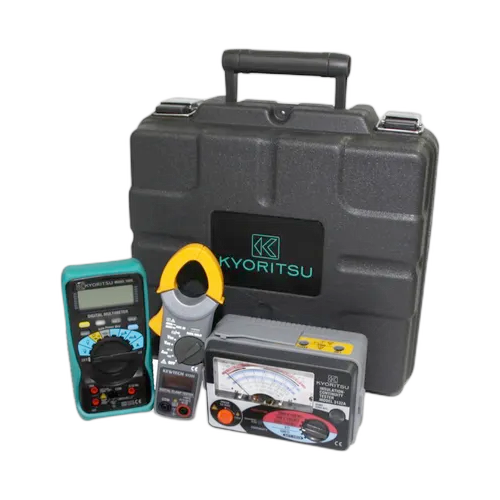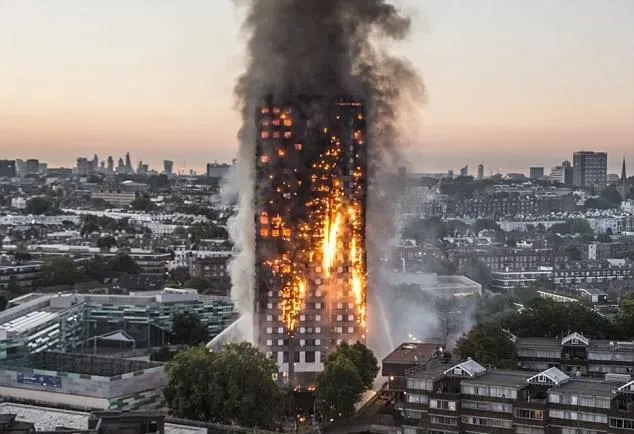
Are Cables my biggest fire risk ?
Electric cables provide the connectivity which keeps the lights on, air-conditioning working and the lifts running. It powers our computers, office equipment and provides the LAN connection for computer networks, entertainment systems, telephones, PA and communication systems. Even mobile phones need to connect with a wireless GSM antenna, or leaky co-axial cables which are in turn connected to the telecom network by fiber optic, or insulated copper cables.
In addition, electric cables enable all the life safety, firefighting and security systems by connecting fire alarms, smoke and heat detectors, break glass alarms, fireman’s telephones, EWIS and CCTV. They connect smoke extracting fans and shutters, air pressurization fans and dampers, emergency and exit lighting, fire sprinkler pumps, fire door closers, and so many other features of a modern Building Management System. If the essential cable system fails during emergency, then the connected emergency equipment fails, possibly with devastating consequences.
Whilst we understand this, we seldom think much about cables because electric wiring systems are mostly hidden and embedded in the construction, ceiling spaces, riser shafts or wall cavities. Because cables are installed by many different trades for different applications, often in polymeric conduit and ducting systems, what is not often realized is that the many miles of cables and many tons of plastic polymers, which make up the cable insulation system can represent one of the biggest fixed fire loads (fuel source) in the building. This point is certainly worth thinking more about.
Fire Spread & Flame Retardance; Electrical cables are frequently blamed by the media and fire authorities as the cause of fires, however it is often not the failure of the cable which starts a fire but the misuse of the cable by frayed or damaged insulation, overloading due to incorrect or insufficient circuit protection, short circuit or over voltage. These situations can cause high temperatures in the cable conductors, or electrical arcing which may heat the cable insulation and any surrounding combustible materials to start a fire.
Most common flexible cables are made from hydrocarbon (oil) based polymers. These base polymers are not usually flame retardant and have high calorific values, so cable manufacturers add chemicals to make them more suited to electrical cable use. Halogens like Chlorine are particularly good additives which help retard flame propagation, and don’t significantly impact the dielectric properties of the polymer, so halogens are used in both cable insulations and in cable sheaths. These halogenated polymers (example: PVC) also have a negative side effect because in fire they will release the halogens as halides, which are extremely toxic and when combined with the moisture in eyes, mouth and lungs. Often standard PVC cables will also release large amounts of acrid smoke.
Often, designers realize the dangers of fire spread, halogen & toxic gases, plus the smoke released from cables in fire so they specify cables to have ‘Halogen Free’, ‘Flame Retardant’ and ‘Low Smoke’ properties. For these cases, cable manufacturers need to use other non-halogenated materials, mostly with flame retarding fillers, like alumina-trihydrate (ATH). While effective in retarding flame propagation, these fillers often negatively affect the polymer by reducing dielectric performance, or affecting mechanical & water resistance. For this reason additives like ATH are mostly used only in cable jackets. Halogen Free Flame Retardant cables most often use a more pure polymer like Polyethylene (PE or XLPE) or EPR for the insulation which has good electric and mechanical properties but may not be very flame retardant.
Fire Propagation performance; Often the best flame retardant cables are halogenated because both the insulation and outer Jacket are flame retardant, but when we need Halogen Free cables we find it is often only the outer jacket which is flame retardant and the inner insulation is not. This has significance because while cables with a flame retardant outer jacket, may pass flame retardance tests with an external flame source, the same cables when subjected to high overload or prolonged short circuits have proved in university tests to be highly flammable and can even start a fire. This effect is known and was published by Olex Cables Australia at the 8th International Conference on Insulated Power Cables - Jicable’11 – 19 – 23 June 2011, Versailles – France. What this means is your flame retardant cables may not be flame retardant under uncleared short circuit or overload conditions!
In Australia, unlike any other country, AS/NZS3008.1.1:2017 has tables allowing some cable designs to operate at conductor temperatures to 110°C. Whilst technically possible for the cables, what has not been fully considered by Australian Standards is the intrinsic change this cable operating temperature may have on the cable’s flammability. Where cables are required to be flame retardant to Australian Standard test method AS/NZS60332-3, it is concerning these tests are not conducted on cable samples preconditioned to the operating temperature, rather commencing at room temperature. It is well known the hotter a material is the more easily it will burn, so designers and users of cables which claim to meet these standards may be surprised to learn their cables might not be flame retardant at all, when installed and used at their rated operating temperature.
In America many building standards do not require halogen free cables. Certainly this is not because Americans are not wisely informed of the dangers, rather the approach taken is that: “It is better to have highly flame retardant cables which do not propagate fire, than minimally flame retardant cables which may spread or contribute to a fire” (a small fire with some halogens may be better than a large fire without halogens).
Europe, UK, Australia and many countries around the world have a different approach: Halogen Free and Flame Retardant. Whilst this is an admirable approach, the reality is rather different: In asking for both flame retardant and halogen free properties, cable manufacturers often compromise between high flame retardance with halogens, or reduced flame retardance without halogens.
Enclosing cables in steel conduit will reduce flame propagation at the point of fire, but hydrocarbon based combustion gasses and smoke from the decomposing polymers will propagate along the inside of conduits to switchboards, distribution boards and junction boxes in other parts of the building where any spark such as the opening or closing of circuit breakers, or contactors is likely to ignite the combustible gasses leading to explosion and spreading of the fire and smoke to other locations. Even a small cable fire creates a lot of smoke
The primary importance of fire load; To provide cables which are halogen free, cable makers most often choose polymers like polyethylene (PE & XLPE) because it is easy to process and cheap, however although polyethylene is halogen free it has a naturally high fire load. The Heat Release Rate and volatility in air for these materials will differ, but the fuel added to a fire per kg and the consequential volume of heat generated and oxygen consumed is relative.
When considering fire safety we must first understand the most important factors. Fire experts tell us most fire related deaths in buildings are caused by smoke inhalation, temperature rise, and oxygen depletion or by trauma caused by jumping in trying to escape these effects. So let’s take a look at these factors as they relate to the electrical cable system:
Smoke; The first and most important aspect of smoke is how much smoke? Typically the larger the fire the more smoke is generated, so anything we can do to reduce the spread of fire will also correspondingly reduce the amount of smoke. Highly flame retardant cables with a high oxygen index will help here because they may limit the fire spread.
Smoke will contain particulates of carbon, ash and other solids, liquids and gasses, many are toxic and combustible. In particular, fires in confined areas like buildings, tunnels and underground environments cause oxygen levels to drop near the fire source, and this contributes to incomplete burning and smoldering, which can produce increased amounts of smoke and toxic by-products including CO (Carbon Monoxide). As we know the presence of halogenated materials will release toxic halides like Hydrogen Chloride, together with many other toxic and flammable gasses in the smoke.
For this reason common British, IEC and Australian (AS/NZS61034) smoke tests conducted by burning cable samples in large 3 meter³ chambers with plenty of air can provide very misleading smoke figures because complete burning in flame often release far less smoke than partial incomplete burning or smoldering, which is likely in practice (in America NFPA 130 calls for smoke tests in both flaming and non-flaming modes). Simply specifying low smoke cables to common British, IEC and Australian standards, then thinking this will provide a low smoke environment during a real fire may give comfort to the specifiers, but unfortunately in practice be of little help for the people actually involved.
Material; It is concerning that the UK, Europe, Australia and other countries often adopt the concept of halogen free cables without fully addressing the subject of toxicity. Halogens released during combustion are extremely toxic, but so too is carbon monoxide and this is not a halogen gas. It is common for specifications to call for halogen free cables and because of this, encourage the use of Polyethylene, because it is halogen free. Burning Polyethylene will generate almost 3 times more heat than an equivalent PVC cable. This means that burning polyethylene will not only generate almost 3 times more heat, but also consume almost 3 times more oxygen and can produce large amounts of Carbon Monoxide, especially with partial or incomplete burning. Given that it is carbon monoxide, which is statistically responsible for most toxicity deaths in fires this situation is at best alarming. (Carbon Monoxide is a colorless and odorless toxic gas which inhibits the blood hemoglobin from absorbing oxygen. Prolonged exposure results in asphyxiation).
Certainly this volume of heat will accelerate the burning of other adjacent materials and may help spread the fire in a building but importantly, in order to generate the heat energy, oxygen needs to be consumed. The higher the heat of combustion (MJ/Kg) the more oxygen is needed, so by choosing insulations (even if Halogen Free) with high fuel elements is adding significantly to at least four of the primary dangers of fire: Temperature rise, Oxygen depletion, Toxic gas emission, and Flame spread.
Conclusion – Fire Load; The popularity of “Halogen Free” properties while ignoring the other toxic elements of fire is a clear admission we do not understand the subject well, nor can we easily define the dangers of combined toxic elements, or human physiological response to them. It is important however, that we do not continue to design with only half an understanding of the problem. While no perfect solution exists for organic based electric cables, we can certainly minimize these critically important effects of fire risk:
Essential Life Safety and Fire Fighting equipment circuits; Unlike other cables, fire resistant cables have to work even when directly exposed the fire to keep essential equipment working: Fire alarms, emergency lighting, EWIS, fire sprinkler pumps, fireman’s lift sub-main, smoke extraction fans, smoke dampers and shutters, stair pressurization fans, emergency generator circuits etc..
With the release of AS/NZS3013:2005, Australia has perhaps a better certification regime than Europe or UK for fire rated wiring systems, (The American UL2196 is perhaps the world’s best fire resistance protocol for wiring systems, as it requires fire and water testing in both horizontal and vertical configurations). However, any wiring system (cable or bus duct) required to operate in fire must not only account for the electrical integrity of the circuit in order to ensure reliable function of the life safety and firefighting equipment connected, but also for the effects of fire on voltage drop, reduced conductor conductivity due to increased conductor resistance at fire temperatures and the additional ohmic heating generated by carrying the required load under these conditions. Unfortunately our current standards do not. What this means is that it is entirely possible many essential wiring systems installed today and the essential equipment connected, can fail if subjected to serious fire events due to fire induced increased voltage drop, or by failure of conductors to carry the required current at fire temperatures.
Research by Universities, Institutions and Authorities in Australia and around the world have identified that for modern above ground cellulosic buildings, the use of lightweight thermoplastic building materials, synthetic foams and fabrics, along with synthetic materials and plastic contents have significantly increased fire loads, resulting in time temperature fire profiles well above above the original parameters of the existing, early 1900’s test protocol ISO834-1 (AS/NZS1530pt4) as mandated by the Australian NCC. Underground environments are also known to exhibit very different fire profiles, to those in above ground cellulosic environments. Specifically in confined underground public areas like road and rail tunnels, underground shopping centers, car parks etc. fire temperatures can exhibit a very fast rise time and reach temperatures well above those in above ground buildings. The UK British Standard BS8519:2010 it clearly identifies underground public areas such as car parks as “Areas of Special Risk”. In these environments more stringent test protocols for fire resistance including for electric cables systems may need to be specified by designers.
It should be noted that national standards and building regulations are drafted as minimum general requirements, and that should a building, project or environment be known to have more demanding emergency conditions or fire risk than considered in the standards, then it may be the responsibility of the professional engineer, contractors and project owners to require additional performances.
For Metros Road and Rail Tunnels, Hospitals, Health care facilities, underground public environments like our popular mega shopping precincts, very high rise, theaters, public halls, government buildings, airports etc. this is particularly important. Evacuation of these public environments with children, aged and disabled people can be very slow during emergencies.
For many power, control, communication and data circuits, there is one technology available for many the issues raised in this paper. It is a solution which is frequently used in demanding public buildings and has been employed reliably for over 80 years. MICC cable technology provides a comprehensive solution to all the problems associated with the fire safety concerns of modern flexible organic polymer cables.
The copper jacket, magnesium oxide insulation and copper conductors of Mineral Insulated Copper Clad Cables (MICC) ensure the cable is effectively fire proof. MICC cables have no organic content so simply cannot propagate flame or generate any smoke. The zero fuel-load of MICC cables ensures no heat is added to the fire and no oxygen is consumed. As MICC cables are inorganic, they cannot generate any halogen or toxic gasses at all including Carbon Monoxide.
MICC cables meet all of the current and building fire resistance performance standards in Australia and are seeing a significant resurgence in Australia and overseas.
Many engineers have previously considered MICC cable technology to be “old school” but with new research into the real fire performances of many polymer based wiring systems, MICC cable systems represent a viable and holistic solution, and they may not be the perfect answer, however the current status-quo is also not.
News
Switches Plus Components Pty Ltd
242 Governor Road, Braeside, Victoria, 3195
P: +61 3 8587 3200
E: sales@switchesplus.com.au


